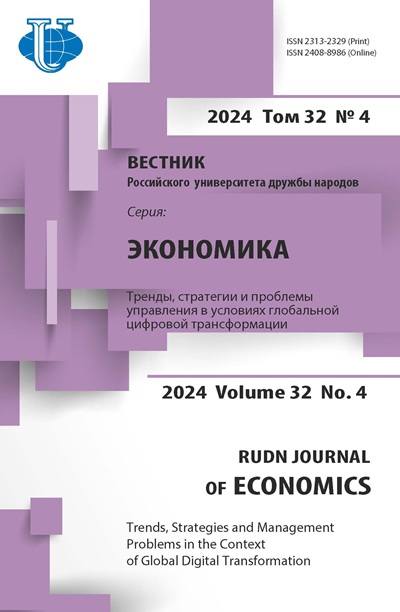Abstract
China is the absolute leader in the global automotive market: in 2023, more than 30 million units were produced and sold in China. An important role in this leadership of China was played by the placement of production abroad. However, Chinese car manufacturers are facing increased international competition, including from the United States, which ranks second in terms of production in 2023. In particular, at the end of 2022, the resonant law “On Reducing Inflation” was adopted in the United States, aimed not only at stimulating the labor market, but also supporting the automotive sector and, most importantly, in the field of electric vehicle production. China also occupies one of the leading positions in the global electric vehicle market, which is ensured by a combination of a number of principles, including: the market nature of development; the innovative nature of development; coordination of economic activities; openness of Chinese companies to international cooperation. The purpose of the study is to identify the features of the development of the Chinese automotive market - an analysis of the main measures taken by the Chinese government to support this sector, as well as an analysis of the main participants, the indicators of their activities and an analysis of the involvement of the automotive industry in the export component of the Chinese economy. Based on historical and comparative analysis, the thesis is proved: due to the presence of a number of competitive advantages, the Chinese automotive industry turned out to be much more attractive for investment, which led to its rapid development in comparison with the Russian automotive industry. It has been revealed that one of the most effective measures taken by the Chinese government is not so much the scaling up of production volumes, as China’s foreign economic expansion into foreign markets and the internalization of the production process. It is also shown that a significant disadvantage of the Chinese automotive industry is its dependence on foreign components, which today forces the Chinese government to change the economic development model to some extent and turn to import substitution.















